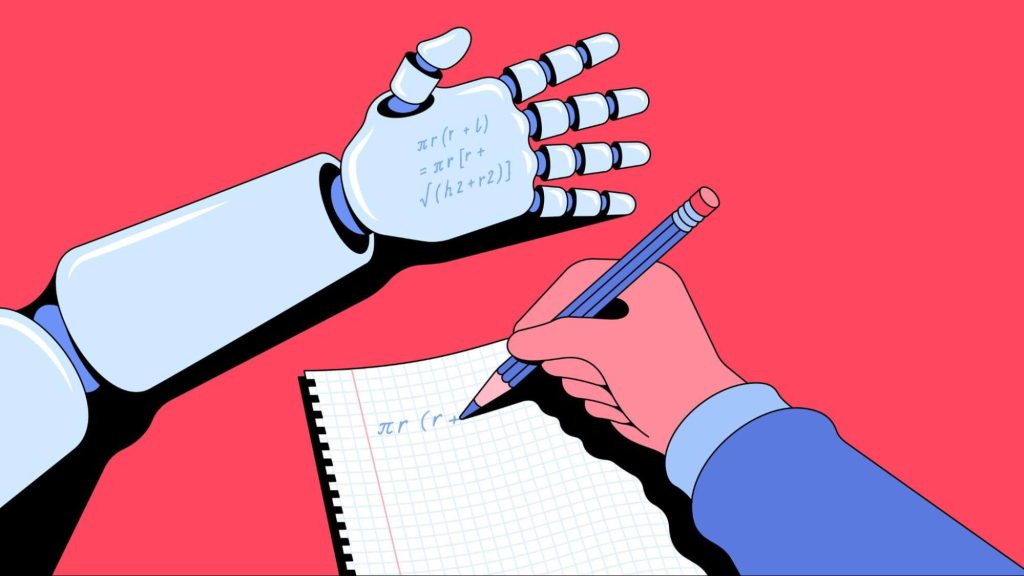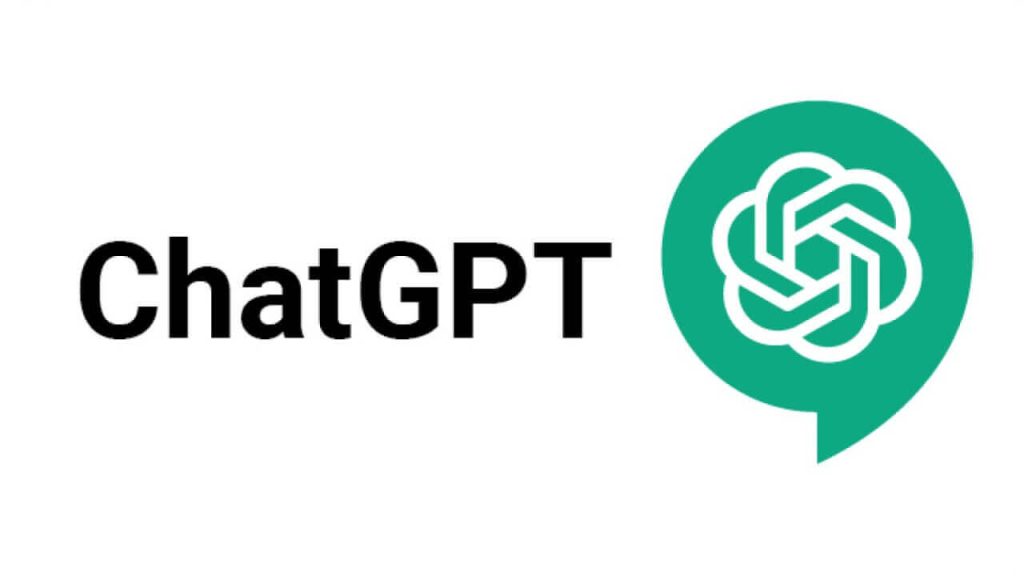Recently, the use of technology in schools has given students and teachers new ways to make learning more exciting. One example is Gradescope. It’s a tool that helps to make grading work much faster and gives teachers smart ways to check students’ progress.
GradeScope is a handy online tool for educators. They can use it to set and score tests and other schoolwork. It can spot if students could be cheating! But it doesn’t watch what students do online during the test.
Despite worries, folks are curious if the platform can spot high-tech tools like ChatGPT and handle dishonesty at school.

Absolutely! Gradescope is working hard to help stop cheating. They use many test security methods, set time limits, and even keep test questions secret.
Gradescope, chiefly, works to make grading easier. It doesn’t really look out for things like ChatGPT or other outside aids.
Gradescope makes it easy to score homework, give comments, and helps teachers handle tests well.
Gradescope is all about making grading simple. Now about cheating? That’s not its main job.
A new point? Sure. Schools have ways to tackle cheating. They check if your work looks funny. Programs might spot copied work. They could even have special tech for checking test answers!
GradeScope has certain features to keep things fair:

Gradescope may not always pinpoint specific AI models. But, teachers and schools take extra steps for cheating issues.
Many schools use software to spot copied work and dishonest behaviours. This could also mean spotting the use of AI models not allowed in the task.

Gradescope is a handy tool, mostly looking at student work’s quality and substance. It uses smart techniques for grading, but it might not always recognize when something like ChatGPT, an AI model, is used. Its role isn’t focused on spotting help from outside tools.
Gradescope is important in today’s learning because it gives teachers helpful tools to make marking easier. But, it’s key for schools to have full plans to handle worries about cheating. This includes maybe using outside tools like ChatGPT.
As tech changes and grows, schools might have to tweak how they keep honesty in online testing.
Gradescope is a tool for teachers. It helps them see if students might be cheating. It gives teachers important info in different ways. For instance, it keeps track of time. It measures how long a student takes on each question or part of a test. If a student finishes too quickly or takes too long, it might mean they are getting help they’re not supposed to or using resources they shouldn’t. Teachers can also see how many times a student tries to answer a question. Lots of tries on one question might mean the student is guessing or using tools they shouldn’t. Gradescope can also check if students’ answers are too similar. This helps catch students who might be copying each other’s work. By using this info and checking things themselves, teachers can better understand students. This helps them make sure students are following rules.
Gradescope shines thanks to its easy-to-use layout and special dedication to making the act of grading smoother. It’s not like classic tools for spotting copy-pasted work, such as Turnitin. Gradescope’s aim isn’t mainly to catch stolen text. Instead, it provides handy tools for speeding up grading homework, quizzes, and tests. When you pit Gradescope against platforms like ExamSoft, what you find is that Gradescope surpasses them in adaptability — it can deal with handwritten answers, multiple-choice tests, and open-ended queries, making it fit for a wide range of subjects. However, Gradescope doesn’t have the top-notch proctoring and internet-browser-watching features found in resources like ProctorU or Examity. Institutions that need solid exam security may go for platforms offering combined proctoring or advanced copy-paste spotting, despite Gradescope’s superior grading speed and analysis.
Gradescope doesn’t watch students during tests itself. But, it can work together with outside test-watching services to make tests more secure. Services like ProctorU or Respondus Monitor can connect to Gradescope. They help watch students live during exams. These services use web cameras, microphones, and AI helpers to notice odd behavior. For example, a student might look away from the screen or use another device. If you take this and add it to Gradescope’s own ways of checking, like time logs and the patterns in which students turn in work, it all makes a great way to stop cheating. This two-layer method means that Gradescope can focus on grade quickness and data analysis. The test-watching services take care of live watching. This helps keep online tests honest.
Gradescope exists mainly to make grading easy – catching today’s cunning cheaters isn’t its prime aim. Yes, it offers some elementary features like checks for likeness and timing records, but these don’t catch modern cheating ways like the use of AI tools like ChatGPT or other devices during tests. It doesn’t keep watch over students’ browser activities or intercept outside chats, and this creates gaps in its potential to address dishonest actions in remote learning situations. Also, its trust on analytical data doesn’t always highlight the more subtle acts of academic deceit, like group efforts on homework meant for one. This underscores the need for extra tools like plagiarism spotters or overseers during tests, to help fill these gaps and uphold the principle of honest academics.
Gradescope, a ground-breaking tool, brings a new level to the way college profs handle and check learners’ work. By doing the routine marking tasks, Gradescope frees up teachers to give comments that matter and spend more time with students. It is stellar at dealing with a ton of submissions in big classes swiftly. Its rubric-based scoring tool makes sure marks are fair and even, helping to cut down personal bias and be more clear. It also gives educators a clear view of how students are doing, pointing out the places where they are having a hard time. Despite many benefits, some teachers find getting started and learning to use it tough. However, the gains over the long run in time saved and uniform marking make using Gradescope a smart move for today’s classrooms.
Gradescope: it’s a bit of both love and hate for students. Some adore it for its speed. It marks fast and gives helpful comments, making it easy to see how they’re doing. Plus, it’s a cinch to handle homework because it’s well-ordered and simple to use. But some students say it’s too harsh. They argue automatic grading often punishes little mistakes in layout or unique methods. Worries about privacy and valuation of identical work pop up too. Even though Gradescope often proves useful in succeeding in school, its strict style and flaws make some wonder: is it truly a friend or enemy?
Can Gradescope spot extra tabs?
Even though it provides various ways to halt and spot dishonesty, it doesn’t record the browsing tabs students pull up during a test.
Can teachers see old tasks on GradeScope?
Your teacher or teaching assistant will check only the latest work you turned in. Each work you’ve submitted before is kept in your Submission History.
How are Gradescope exams conducted?
When it comes to in-class handwritten tests, Gradescope’s Exams & Quizzes assignment type hits the spot. What sets Gradescope apart is this: Before grading the next problem, the graders check one question from every student’s paper. This way, there’s a consistent standard in marking and in the graders’ comments. Time for a new topic now.
Through digital leadership we empower people to leverage the opportunities in global economy
@ 2024 Netus AI.